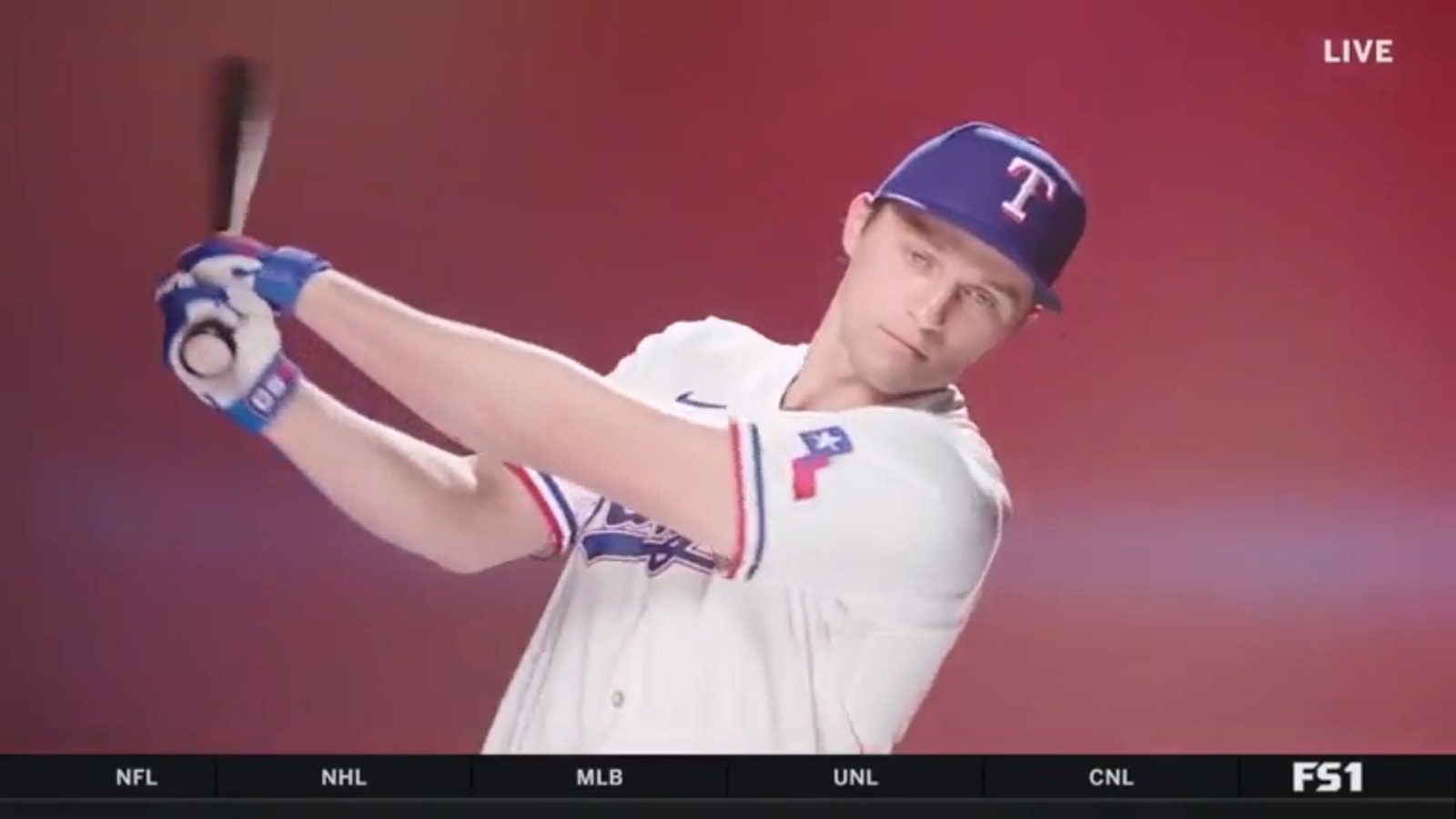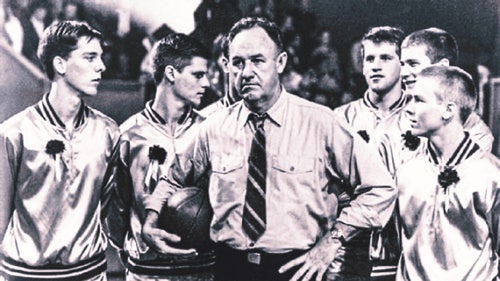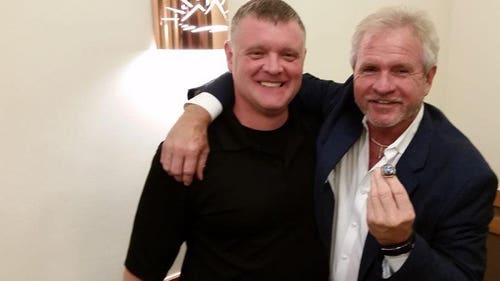
Corey Seager just wants to be great at baseball, and he's better than ever
Beyond the batter’s box, Corey Seager is remarkably boring.
His $325 million mega-contract and elite offensive production and charming smile scream superstardom, but little else does. Despite the 2020 NLCS and World Series MVPs on his mantle, Seager, currently the second-best hitter in the entire sport by WRC+, has no interest in the spoils of fame ... besides the fortune.
For him, this is a job — one he happens to be very, very good at.
Many public figures feign a disdain for the spotlight, but not Seager. The 29-year-old lives his truth, sidestepping any unnecessary attention like a camera-shy matador. He rarely posts on social media, almost never grants interviews and is borderline reclusive around the clubhouse when it’s open to reporters.
Even when he was in Los Angeles, the country’s second-biggest market, Seager did all he could to keep to himself. Other than baseball, the best player on the AL West-leading Rangers is said to be focused on his wife, dogs, golf swing and going out to eat, and that’s pretty much it.
But inside that four-by-six-foot chalk rectangle, Seager is a thrill ride, a captivating corkscrew of purposeful violence. His hands start close to his body, preloaded like a shotgun. When the pitcher reaches leg lift, Seager raises his front foot ever so slightly off the ground, a timing mechanism to stay in rhythm. Then, as the ball leaves the pitcher’s hand, Seager coils his torso counter-clockwise, creeps his front leg forward of the dirt and then ... BAM! The bat rips through the zone in a flash, a cobra striking its prey, unleashing enough rotational force to send Seager down to one knee.
Even though those mechanics today look relatively similar to his mechanics in high school, his swing, like most swings in the big leagues, is the end product of countless hours in the batting cage spent crafting, tinkering and refining. But those closest to Seager, who spent his first seven years with the Dodgers before signing a 10-year deal with Texas ahead of last season, say that he’s been particularly obsessed about his swing ever since he was a kid.
"Even in travel ball he was a little different," remembered Justin Seager, one of Corey’s two older brothers, and who also played five seasons of minor-league ball. "He’s always been meticulous, a true master of his craft."
That much was clear when exploring the road clubhouse at Yankee Stadium this past weekend, where a mundane-looking tripod attached with a clamp for a tablet stood in front of Seager's locker. The run-of-the-mill iPad stand, which Seager travels with from city to city, serves as a gateway to his craft. It connects him to the man who, for the past decade, has served as Seager’s confidant, sounding board and personal hitting coach.
Shawn Wooten, a six-year big leaguer who won the 2002 World Series with the Angels, first connected with a 20-year-old Seager back in 2014, when Wooten was the hitting coach for the Dodgers’ Double-A affiliate in Chattanooga, Tennessee. And even though Wooten was never officially a part of Los Angeles’ big-league coaching staff, he remained an influential presence around the Dodgers until the club let him go after the 2017 season.
After leaving the organization, Wooten, who did not respond to an interview request, maintained a working relationship with Seager, even when Wooten was hired by the Angels in 2018. He’s since left Anaheim and now runs a private hitting facility in Minnesota, from which he still consults the three-time All-Star on a regular basis.
Sources around the Rangers say that Seager spends hours chatting hitting with Wooten on Facetime. The shortstop will put his guru up on an iPad and the two will talk through various parts of Seager’s swing. In an hour-long session, Seager might take only 20 to 25 full-effort swings, preferring to hyper-analyze specific physical positions in his motion.
"If he’s not in here, and [the tripod’s] not in here, you know where he is," a Rangers teammate said. "He’s working."
It’s extremely common for MLB hitters to have their own personal hitting coaches, but Seager’s fealty to Wooten seems to go above and beyond. Rangers’ manager Bruce Bochy confirmed that his linchpin slugger spends quite a bit of time working with a coach outside the organization, but advocated a hands-off approach toward Seager’s process.
"I don’t know his whole routine, to be honest," the future Hall of Fame skipper admitted. "But they all have their own way of preparing and this is the way it works for him. And as you can see, he’s had tremendous success."
Despite missing a month with a hamstring strain earlier this season, Seager still ranks as the third-best AL shortstop by fWAR. His 1.020 OPS is No. 2 in the entire sport behind only Shohei Ohtani. He has the single best average exit velocity in the league and ranks at or near the top in a variety of other batted-ball metrics.
"He’s unique," said Yankees outfielder Willie Calhoun, who came up with Seager in the Dodgers' minor-league system and played with him last season in Texas. "That dude is f---ing different. Easily one of the best hitters I’ve ever played with.
"I asked him once, do you sit on pitches? And he said no, he just expects fastball and adjusts. He’s out here hitting 440-foot homers on first-pitch curveballs, and I’m like, OK, bro."
His Rangers teammates confirm that Seager still genuinely doesn’t care who is on the mound, or what pitches they throw — all he asks for is the general fastball velocity.
"He’s good and he knows it," Rangers catcher Mitch Garver said. "But he doesn’t feel like he has to prove anything, ever, to anyone."
If you scroll through the YouTube channel for Bally Sports Southwest, the Rangers’ official broadcast partner, you’ll see postgame interviews and off-field content with a whole host of players. There are strikingly few involving Seager, the eighth-highest paid player in the sport.
In one recent video, a Rangers fan asks the face of the franchise what he would be doing professionally if not for baseball. Seager, a former first-round pick who signed out of high school, is effectually without an answer. He briefly mentions how much he likes golf, only to point out it couldn’t be a career because he isn’t that good at it. Then the video ends. Fifteen seconds of his fame is all we get.
When asked to set up an interview with the elusive slugger, a Rangers official explained that their big-money shortstop had hardly done a postgame TV interview this season. One beat reporter who covers the team admitted they hadn’t spoken to Seager in nearly a month. During media availability, Seager is usually in the dungeons of the ballyard on Facetime with Wooten, picking apart the nitty-gritties of his swing.
And for now, that dynamic suits the Rangers just fine. The team clearly understands that the best version of Seager, the version that it broke the bank for, is most comfortable when he’s left alone, free to obsess over things like his hand position or the timing of his toe tap. That’s the guy most likely to carry this star-crossed franchise to its first World Series championship.
And Seager, who won a ring with the Dodgers during the bizarre shortened 2020 season, wholeheartedly shares that vision.
"He wants to win a ‘real’ World Series," a current teammate said. "And he wants to do it over and over and over again."
Jake Mintz, the louder half of @CespedesBBQ is a baseball writer for FOX Sports. He played college baseball, poorly at first, then very well, very briefly. Jake lives in New York City where he coaches Little League and rides his bike, sometimes at the same time. Follow him on Twitter at @Jake_Mintz.











